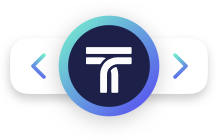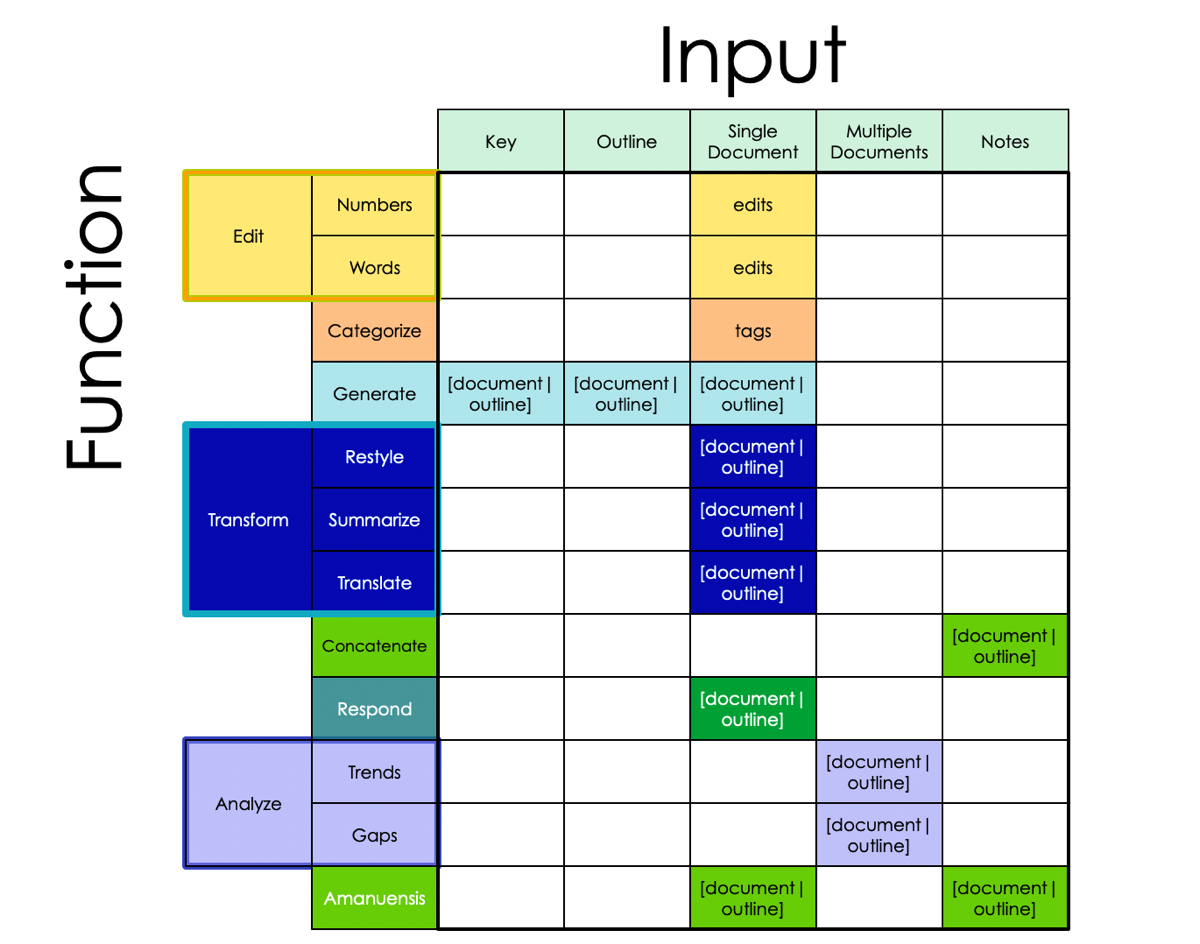
- Engineers alone. During development of the tool, engineers sit isolated in a back room, iteratively moving towards improving code designed to generate content. This code is tested against benchmark datasets, results are examined, and new code is built as a result of this testing. Progress occurs as a result of many iterations of this design-test-design pattern. This design-test-design loop is unconnected to real-world considerations of use, except for the tests against benchmark data sets.
-
Engineers and writers. During development of the tool, engineers and end-users—that is, writers and editors—work jointly to evolve a set of algorithms and other techniques that support content creation. Development is a co-operative group process.
An important component of the coders' work is to create a system that takes existing documents and provides feedback on them. They work with stakeholders (writers and editors) to refine their algorithms to more closely hew to what stakeholders need.
Once the development of our content generation system is complete, we do not envision that our system's paradigmatic use case is one in which a button is pressed and content is created from nothing. Rather, we imagine that in the completed project our showcase example will be a collaborative set of tools and algorithms that work, hand-in-glove, with the writer. We term this an “amanuensis”: an interactive AI writing copilot.
All of the use cases presented herein are designed with the second design philosophy in mind. In what follows, we arrange them in order of complexity— first from a system that provides basic feedback, then on to a a system that generates full sentences and paragraphs, and then the amanuensis.
We break our taxonomy into three main branches: input type, function type, and output type.
Input type
We have five input types:
- Key: a keyword or set of keywords.
- Outline: an outline or framework of a document.
- Single document: a single document
- Multiple documents: more than one document.
- Notes: multiple notes or fragments about a topic.
Function type
We have ten function types:
- Edit, Numbers: return co-efficients bound to certain words.
- Edit, Substitution: substitute words.
- Categorize: provide category information on a document or sub-parts of a document.
- Generate: generate a document.
- Restyle: rewrite a document in a different style.
- Summarize: summarize a document.
- Translate: translate a document from one language to another.
- Analyze Trends: provide a summary of trends found in the documents.
- Analyze Gaps: provide a summary of topics in a space not yet written about.
- Concatenate: take groups of notes on a topic and concatenate them into a well-formed document.
- Respond: respond to a document, such as a post.
- Amanuensis: a digital assistant, a content generation platform that works with the writer, playing an integral part in the writing process from the start.
Output type
We have four output types:
- Tags: keywords or category tags.
- Edits: numbers bound to words or word substitutions.
- Outline: An outline or framework for a document.
- Document: A full document.
- Input Types
- Key
- Outline
- Single Document
- Multiple Documents
- Notes
- Function Types
- Edit
- Numbers
- Substitute words
- Categorize
- Generate
- Transform
- Restyle
- Summarize
- Translate
- Analysis
- Trends
- Gaps
- Concatenate
- Respond
- Amanuensis
- Edit
- Output Types
- Tags
- Edits
- Document Object
- Document
- Outline
- Edit
- Categorize
- Document Creation
- Generate
- Transform
- Concatenate
- Respond
- Analyze
- Amanuensis

